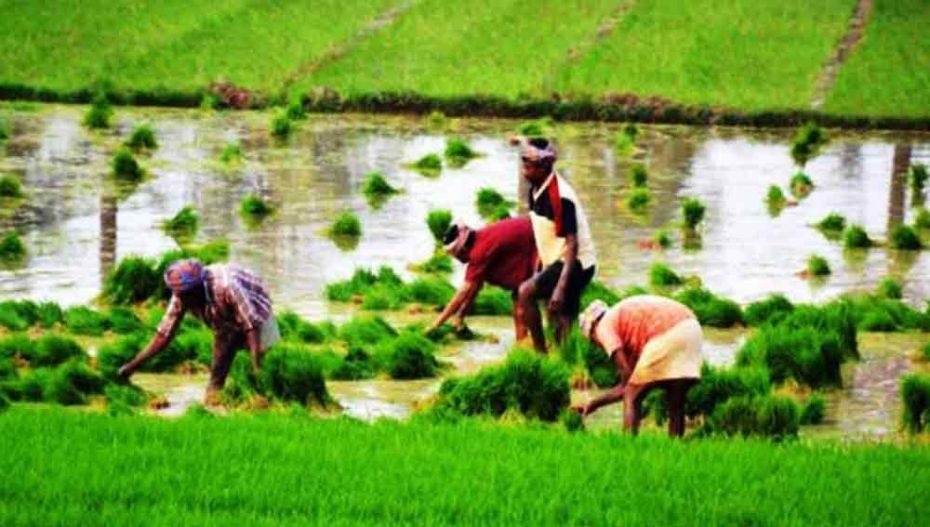The ongoing war between Russia and Ukraine and sanctions on Russia by the Western countries may have an unexpected fallout on the fertiliser prices and subsidies by the government.
Worldwide fuel costs have raised by up to 40% due to the war between Russia and Ukraine. On the other hand, key suppliers of Potash in global market, Belarus and Russia are under sanctions by the western countries. It makes India’s position with respect to the fertiliser sector precarious as India is one of the major importers of Potash, which is used in the manufacture of fertilisers. On average, Russia, Ukraine and Belarus contribute 10-12 per cent of India’s total fertiliser imports.
The supply crunch of potash is likely to result in the increase of Potash import prices to around $500-600 per MT from around $280 per MT for the major part of FY2022. Also, the major challenge for the Government will be to manage the subsidy component as the fertilizer prices are already elevated.
Russia is one of the major exporters of fertilisers, including Urea, DAP, MOP and NPK. The impact of sanctions will certainly be felt. Even if the fertilisers qualify for exemption from the sanctioned being an agricultural product, the uncertainty for payment and logistics could still continue to pose problems.
India’s fertiliser subsidy burden is likely to be elevated upwards of Rs 2 lakh crore this fiscal which is about Rs 1 lakh crore more than estimated within the Union Budget for 2022-23. Experts believe that the budget shortfall in fertiliser subsidy is expected as apart from the price rise in MOP, DAP and NPK, the gas prices also have increased, which is a key input for Urea manufacturing.
At the same time, the chemical and fertiliser ministry has informed that the central government has procured 30 lakh tones of DAP and 70 lakh tones of urea which will be used in the kharif and rabi seasons to meet necessities. The Government has also said that in just a few years’ time India aims to be self-reliant in fertiliser needs to meet all its home demands.












